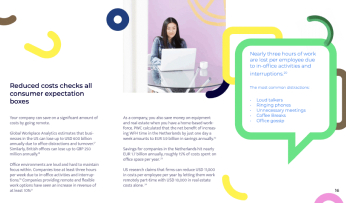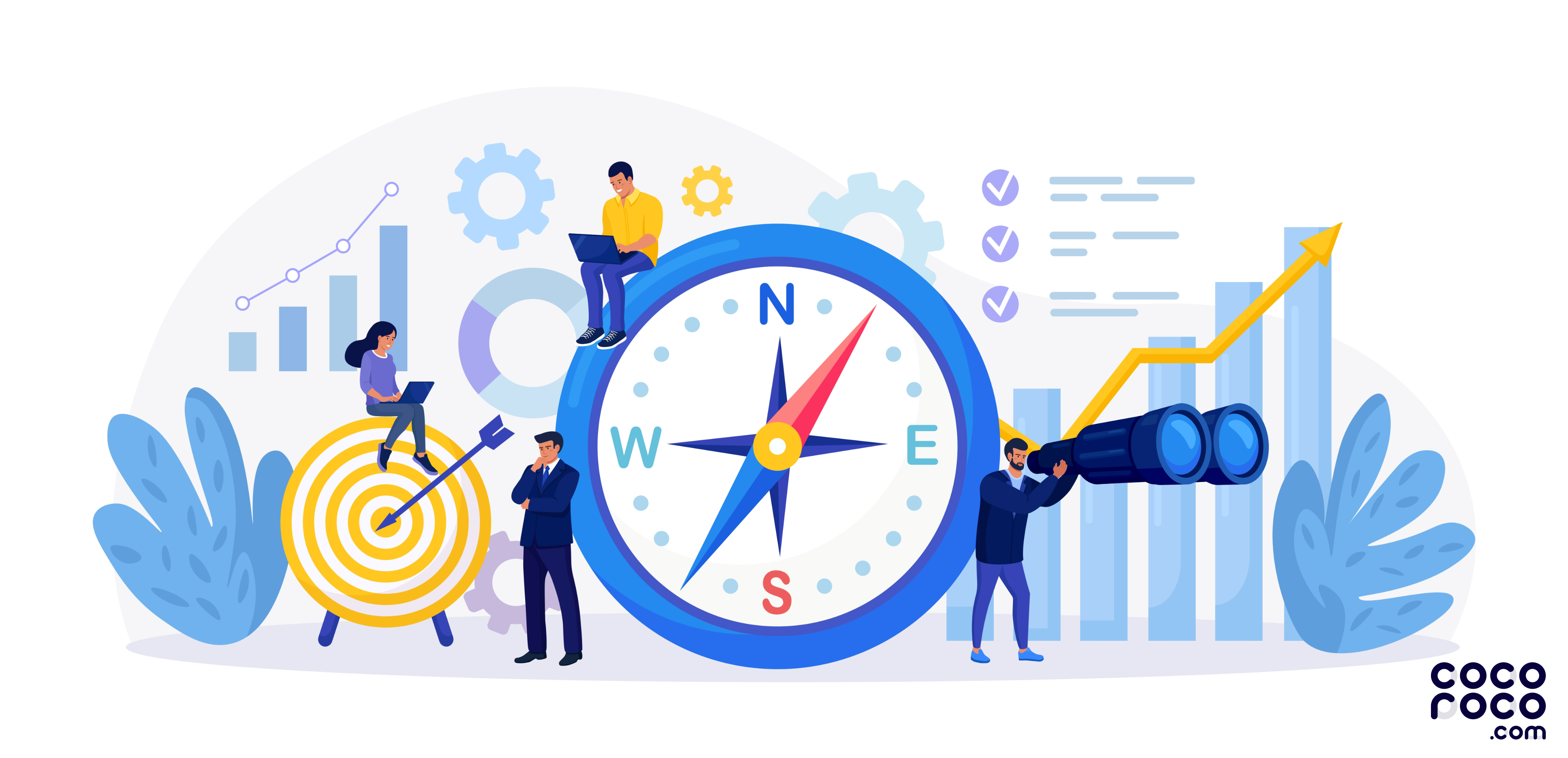“To outsource, or to staff, that is the question.”
But, if you’re not into metaphor-laden Elizabethan prose, what we’re getting at is:
In remote customer support, you can handle your talent in two ways: By accommodating their service performance or actively engaging in it.
Your choices? Give up control or take it.
Outsourcing vs staffing
In remote customer support, outsourcing is when you contract a third-party company to handle your customer care operation. The company you appoint oversees:
- Sourcing employees
- Providing training and tools for the job
- Conducting performance assessments
- Determining fee structures
- Remitting salaries/bonuses
Staffing, on the other hand, is when you talent acquisition in-house. A qualified staffing agency can help you source talent while leaving you in charge of training, management, and logistics like:
- Selecting your employees
- Providing tools and training
- Conducting performance assessments
- Determining salaries and bonuses
- Day-to-day workings of the team
Your control over service operations depends on whether you’re outsourcing or staffing.
Staffing affords you greater control, as it places all processes within your organisation. Outsourcing offers fewer opportunities for control, as an outside entity will run your service.
When should you outsource?
If you’re a start-up or small to mid-size business, outsourcing can be an effective solution for your customer service requirements.
Outsourcing:
✅ allows you to grow business criticals.
Time is money. Training and managing a service team can steal your focus away from business strategy. Outsourcing can resolve this.
✅ supports rapid growth.
At some point, hopefully, you’ll see an increase in production and more customers. Outsourcing your support team can mean it scales with your demands.
❎ may compromise support quality.
In contracting your service operation to a third party, you can neither choose your team nor manage how it handles your customers.
❎ creates limited output or additional costs.
Once you’ve agreed on the scope of the project, it becomes hard to change. To do so, you might wind up renegotiating your agreement and have higher costs as a result.
❎ proposes a data security risk.
The biggest risks around remote teams involve infosec and compliance with regulatory laws such as GDPR and PCI DSS. Data privacy and security breaches are a big concern with outsourcing.
When should you consider staffing?
If your company is mature and growing and you need a long-term core service team, you should look into remote staffing.
Staffing:
✅ affords greater quality control.
You can pick out high-quality candidates who are a perfect fit for your company. Cocoroco offers hundreds of pre-screened candidates from a global database of qualified and assessed profiles.
✅ offers more flexibility to make changes.
You have full control over the development of team processes and offerings. It’s more difficult with outsourcing, where changes often have to be negotiated.
✅ gives you full control over the decision-making process.
You can define all the details that go into tasks and projects because everything is kept in-house.
✅ ensures critical business information is safe.
You don’t need to share your data with an external source. All internal communication remains safe as you don’t need to reach out to third parties.
❎ can be costly due to training and admin.
If you require a faster scaleup or are creating new departments, you might have to foot for cash outside of your budget.
Conclusion
Whether relying on external or in-house customer support, your ultimate goal is to attract and retain your customers.
Customers today can easily leave reviews, ratings, and share information about your company online. Yet, more than half of surveyed frontline employees feel nobody takes their ideas for improving the service experience into account.
This is a big oversight.
After all, the people on the frontline are your company’s eyes and ears. They’re your best bet in monitoring the customer journey, experience, and interactions that take place.
The service experience is important. You can increase CSAT by 800% and reduce churn by 59% if you follow up with great service for the most dissatisfied customers.
It always pays to keep your remote customer service team close.










